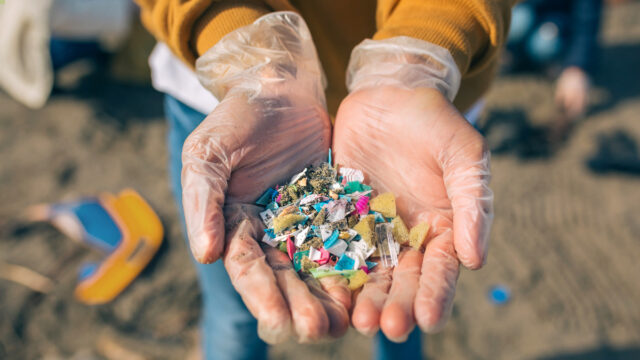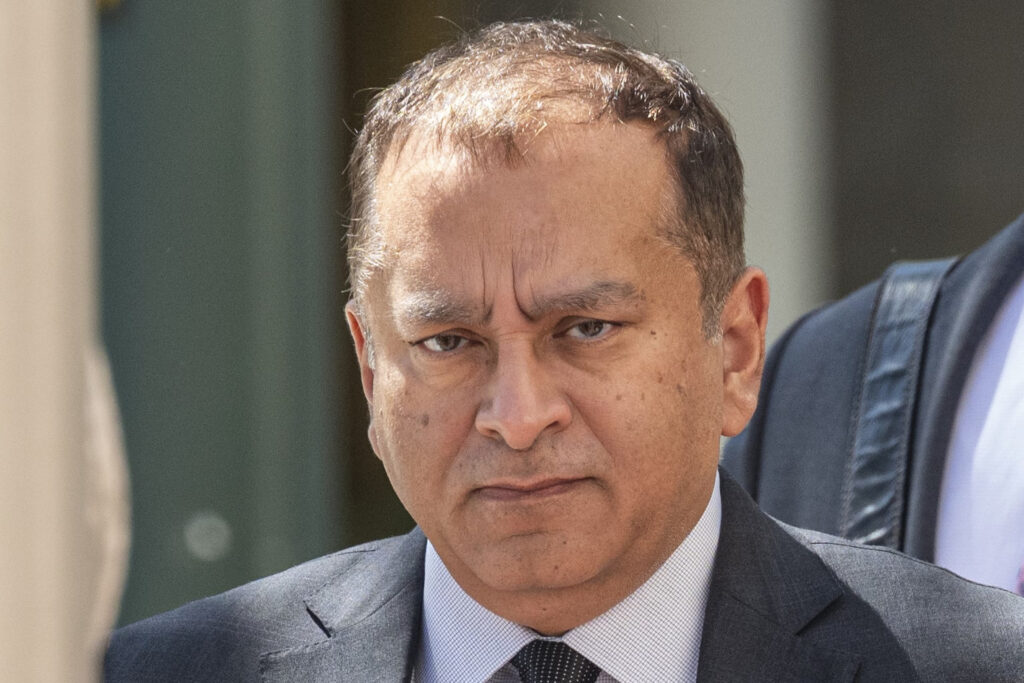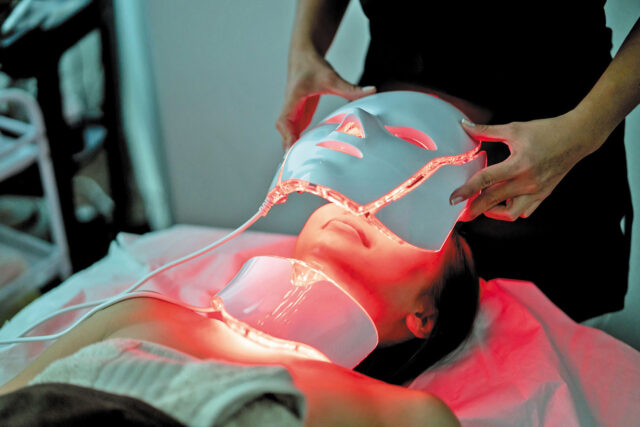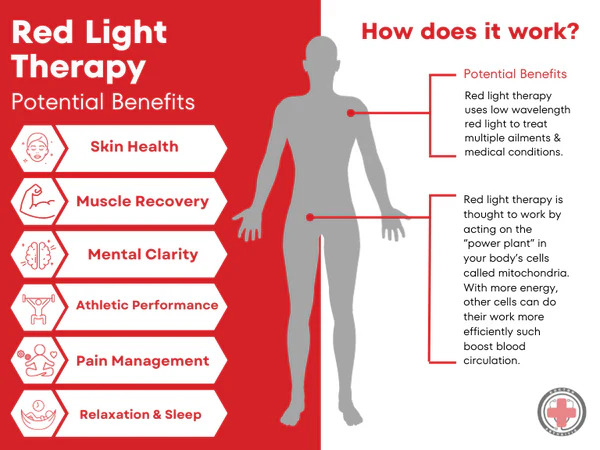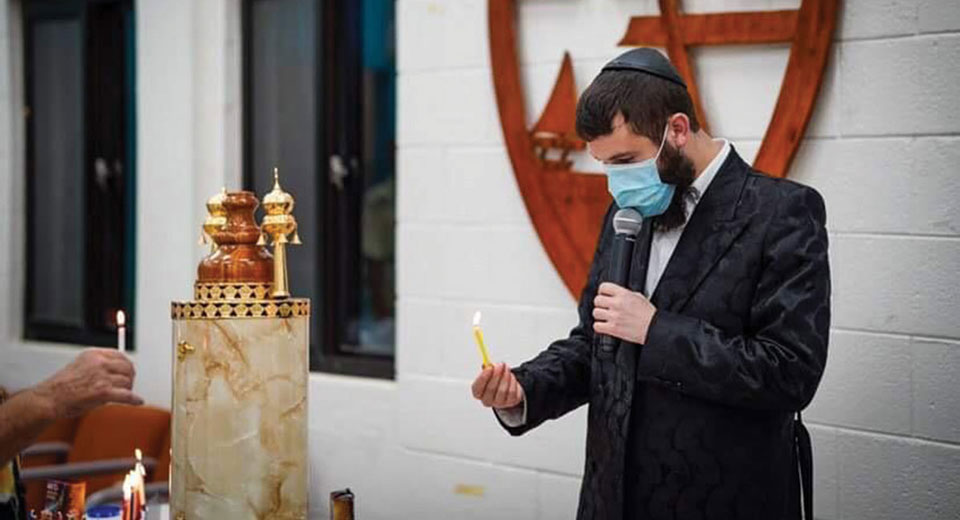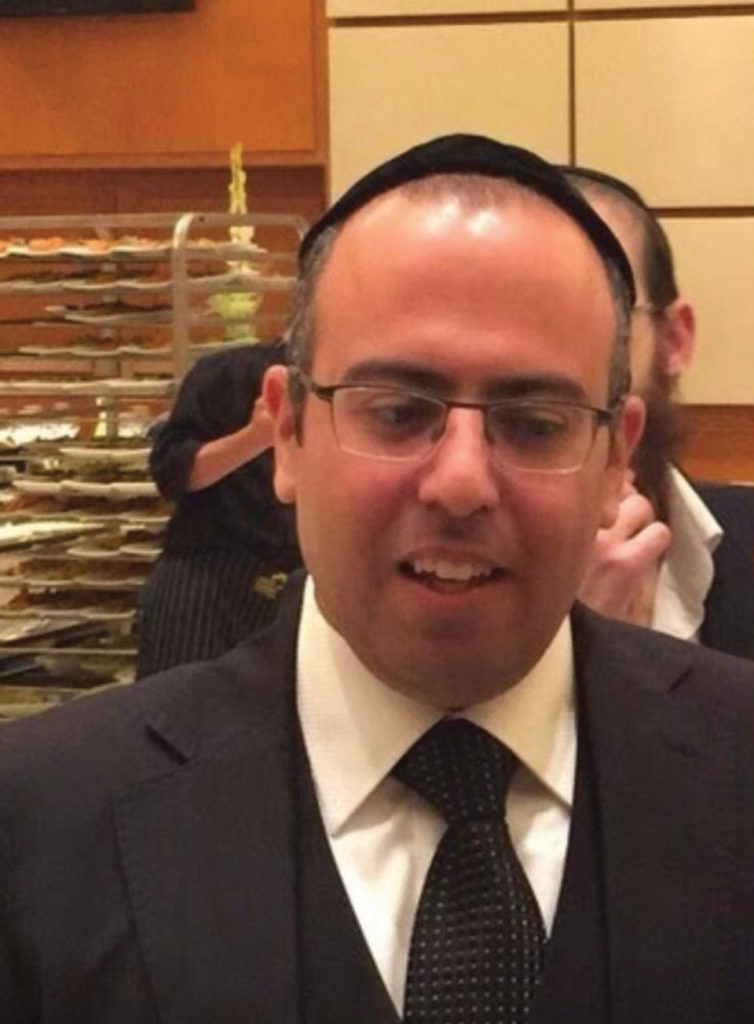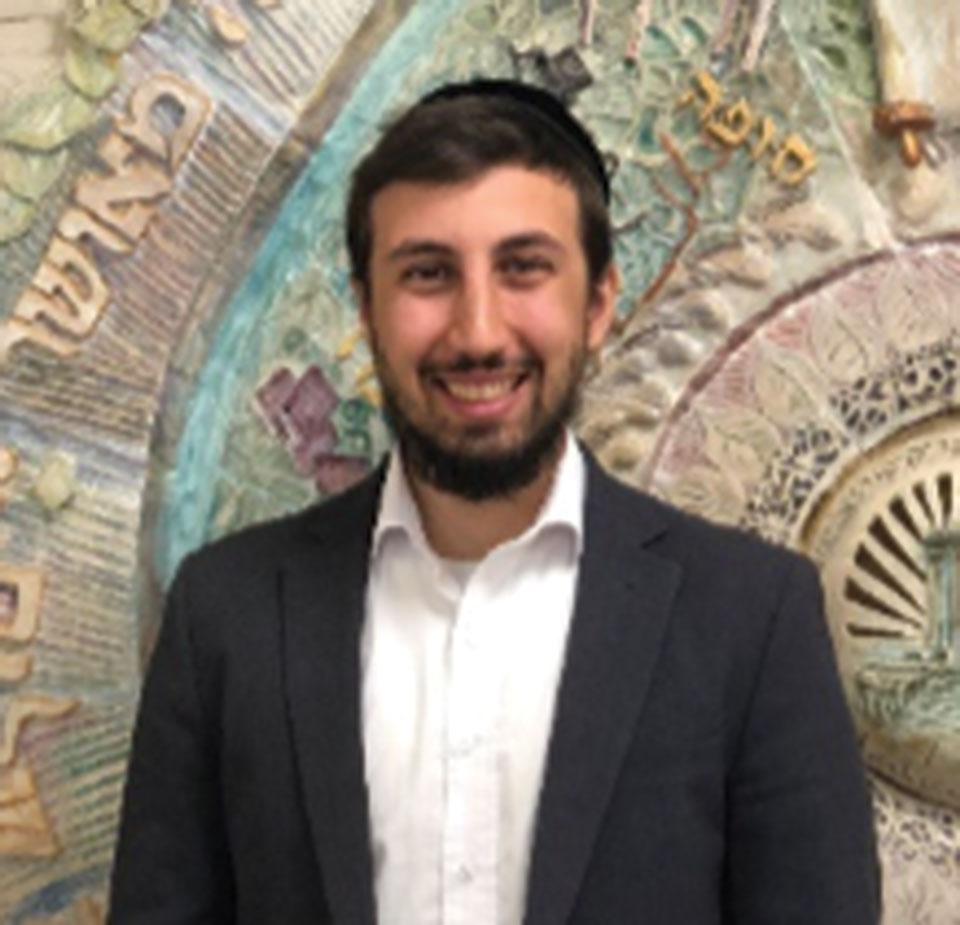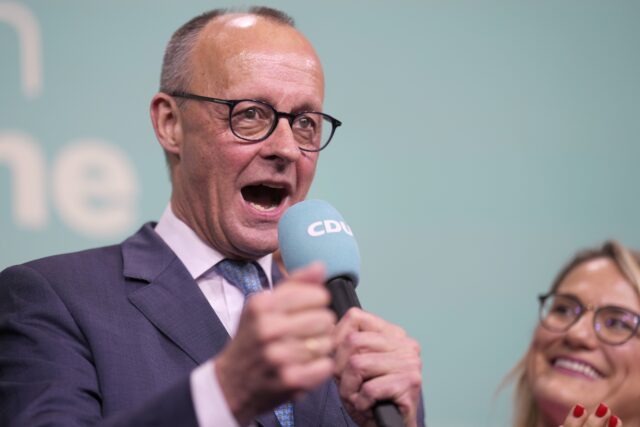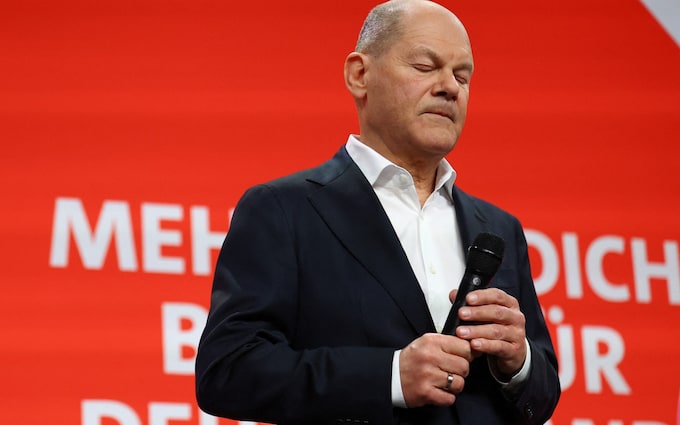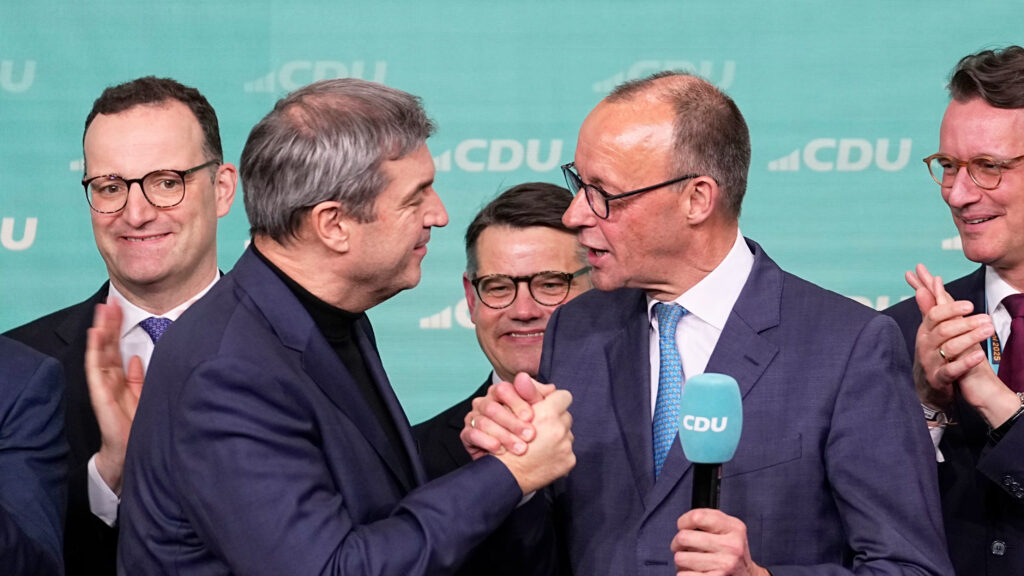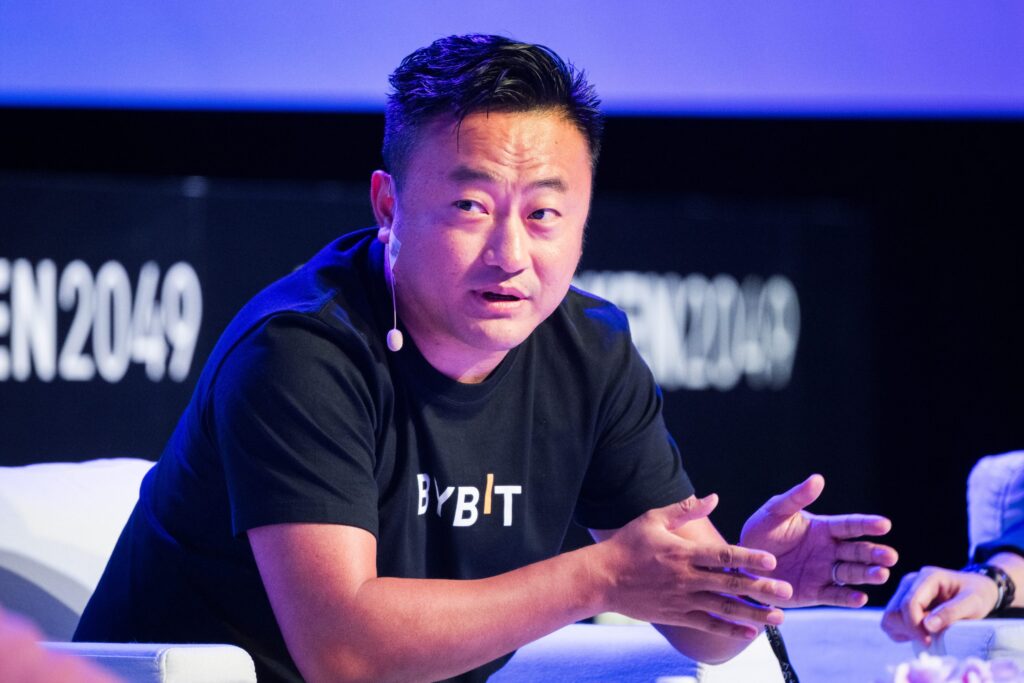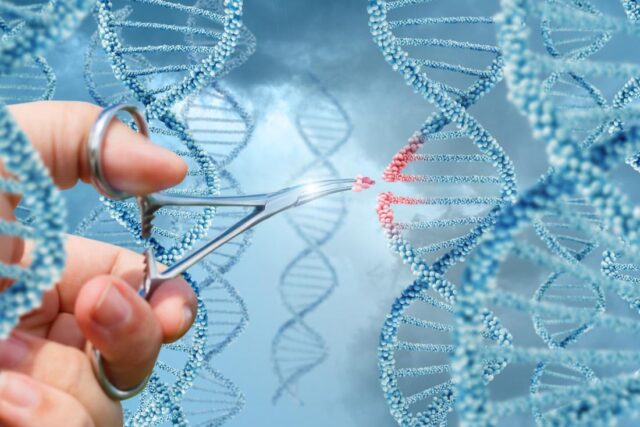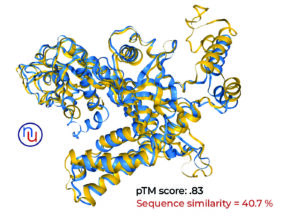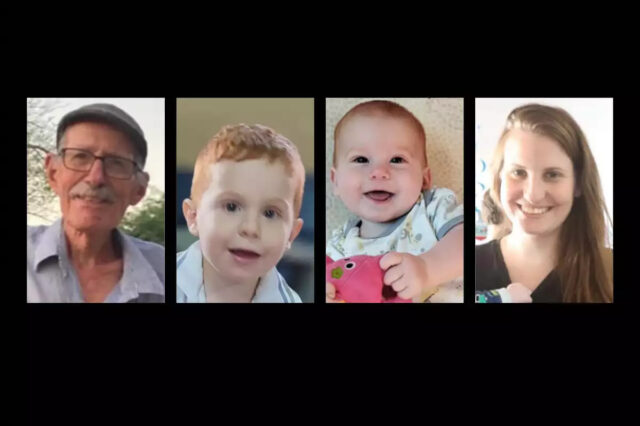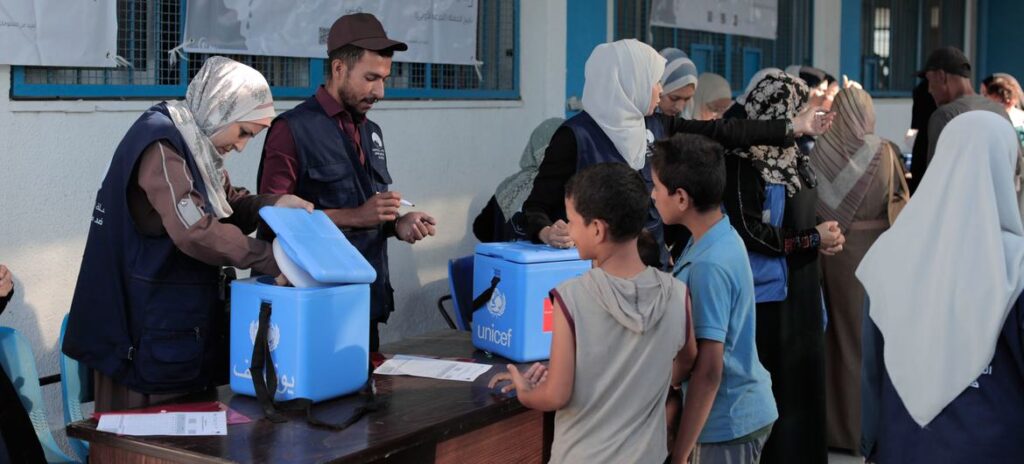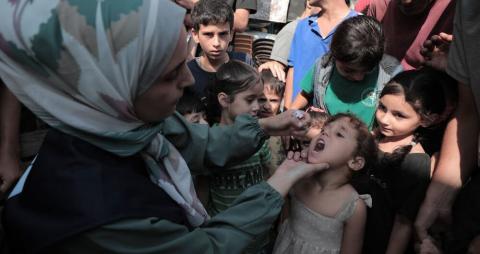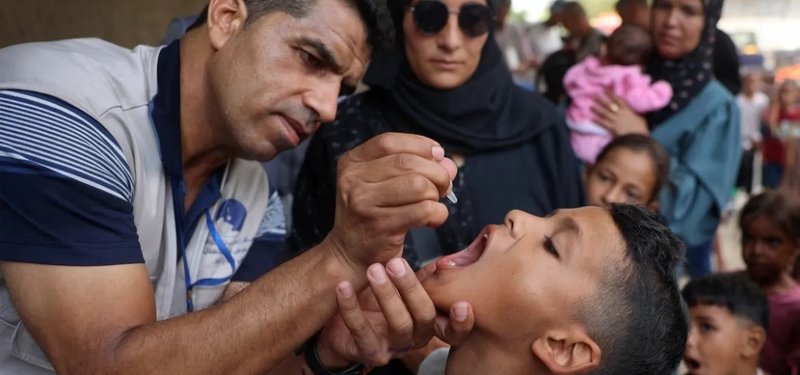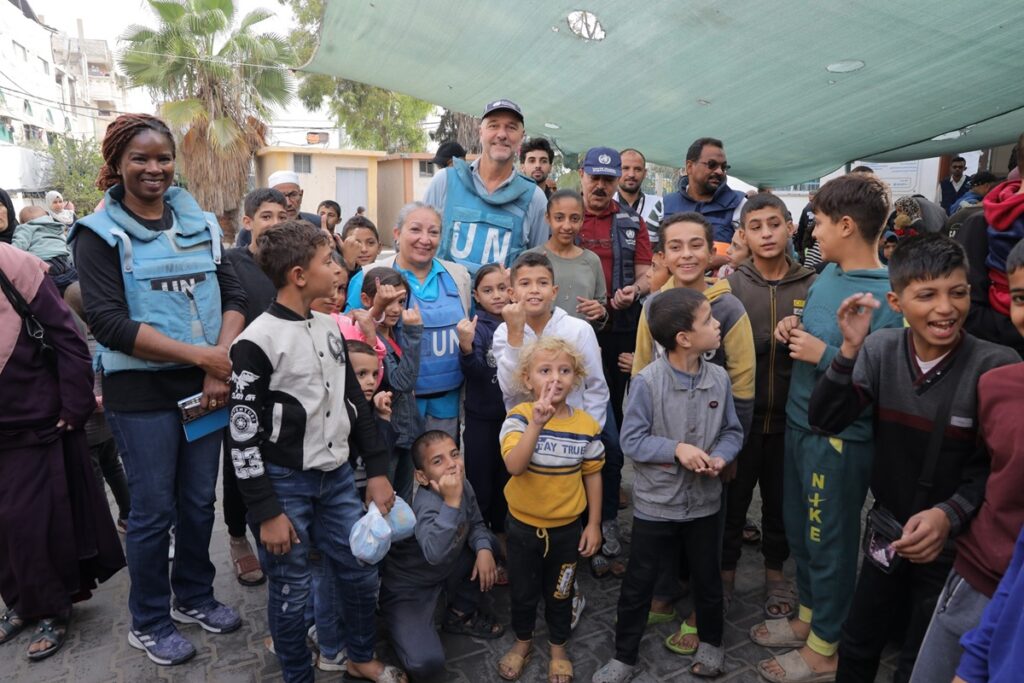Microplastics and Human Health: An Emerging Crisis
The growing prevalence of microplastics in the environment is raising significant concerns about their impact on human health. Recent studies indicate that microplastic levels in human tissues have surged by approximately 50% from 2016 to 2024. Scientists have detected microplastics in various organs, including the brain, liver, and kidneys, raising urgent questions about their long-term effects on bodily functions.
Microplastics in the Human Body
Microplastics—tiny plastic particles less than five millimeters in size—originate from industrial waste, synthetic textiles, cosmetics, and the degradation of larger plastic debris. They enter the human body primarily through ingestion and inhalation.
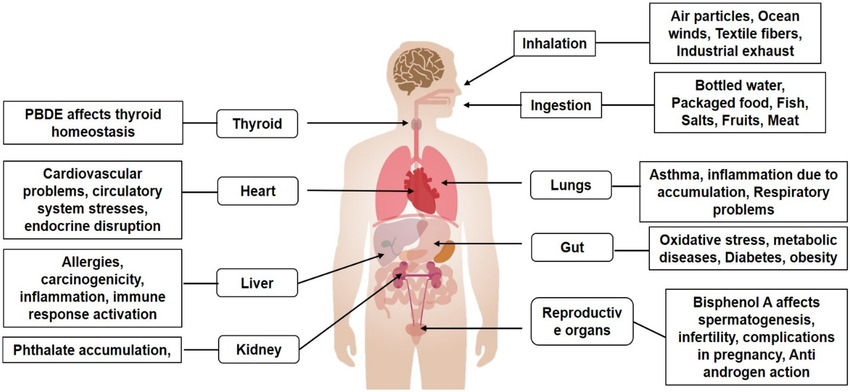
Recent research has found that brain samples contain microplastic concentrations that are 7 to 30 times higher than those found in liver and kidney tissues. Polyethylene, a common plastic used in packaging and consumer products, accounts for 75% of detected microplastics. Scientists speculate that microplastics may cross the blood-brain barrier, potentially leading to neurological issues, inflammation, and cognitive impairment.
Regional Impact and Disability Correlation
Studies suggest that coastal regions with high levels of microplastic pollution show a concerning correlation with increased rates of disability. In these areas, the average rate of memory and cognitive disabilities was 15.2%, compared to 13.9% in regions with lower microplastic exposure. Although direct causation has not yet been established, the data suggests a potential link between chronic exposure to microplastics and neurological decline.
Health Risks and Scientific Concerns
While researchers continue to explore the full impact of microplastics on human health, several potential risks have emerged:
- Inflammation and Organ Damage: Microplastics may cause oxidative stress, leading to inflammation and cellular damage in organs.
- Endocrine Disruption: Certain plastic compounds mimic hormones, potentially interfering with the body’s endocrine system and affecting metabolic and reproductive health.
- Neurological Effects: The presence of microplastics in the brain raises concerns about their impact on memory, cognition, and neurodegenerative diseases such as Alzheimer’s.
Despite these concerns, some experts question the methodologies used in studies on microplastics and human health. Variability in sample collection, analysis techniques, and potential contamination during testing remain challenges in confirming definitive health risks. However, the increasing presence of microplastics in human tissues is an undeniable reality that demands further research and precautionary measures.

The Need for Action
Addressing the microplastic crisis requires global cooperation to reduce plastic production, improve waste management, and develop biodegradable alternatives. Increased regulations on single-use plastics and enhanced filtration systems for water and air may help mitigate human exposure.
As evidence continues to mount, the urgency to understand and combat the health risks of microplastics grows. While much remains unknown, the confirmed presence of microplastics in vital human organs underscores the need for immediate attention to this pressing environmental and health issue.
Sources: Nature, SciTechDaily, NewsWise, TCD, ObserverVoice.

